Addis Ababa, meaning "New Flower" in Amharic, is the capital city of Ethiopia and a major center of African politics and culture. Founded in 1886 by Emperor Menelik II and Empress Taytu Betul, the city sits at an altitude of about 2,355 meters (7,726 feet), making it one of the highest capitals in the world. This gives it a cool, pleasant climate year-round.
Known as the “political capital of Africa,” Addis Ababa hosts the headquarters of the African Union (AU), the United Nations Economic Commission for Africa (UNECA), and many international embassies. It serves as a hub for diplomacy, trade, and development, as well as important religious and cultural sites
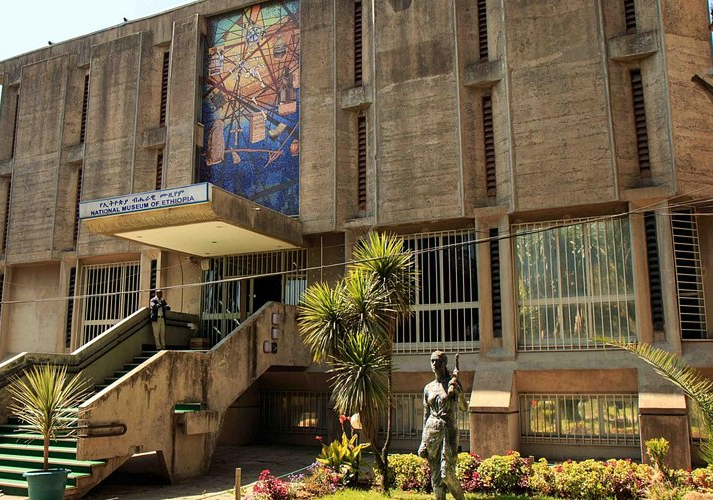
Step into Ethiopia’s rich and ancient past at the National Museum of Ethiopia — the country’s most important cultural institution and one of the finest museums in Africa. The star attraction is "Lucy," the world-famous 3.2-million-year-old hominid fossil that reshaped our understanding of human evolution. But Lucy is only the beginning. The museum’s vast collections span archaeology, paleontology, traditional art, and royal memorabilia. You’ll find ancient stone tools, stunning tribal artifacts, regal clothing worn by emperors and empresses, and contemporary Ethiopian art that tells the story of a nation in motion. Located in the heart of Addis Ababa, this museum is more than a tourist stop — it's a powerful journey through time.
The city also offers several major tourist attractions. The National museum of Ethiopia house ancient artifacts, royal items, and the world – famous Lucy (Dinqenesh). It is also features Homo Sapiens Idaltu, dating 160,000 years . The Ethnological Museum. Inside Emperor Haile Selassie’s I former palace. Displays Ethiopian’s art, music, and religious crosses.
The magnificent Holly Trinity Cathedral is the final resting place of Emperor Hile Selassie I and his Empress Menen , with a museum full of imperial and church treasures . Nearby, Bahita Lemariam Church holds the tomb of Emperor Menelik II and Empress Tayitu (she gave the name Addis Ababa meaning new flower) in a serene hilltop.
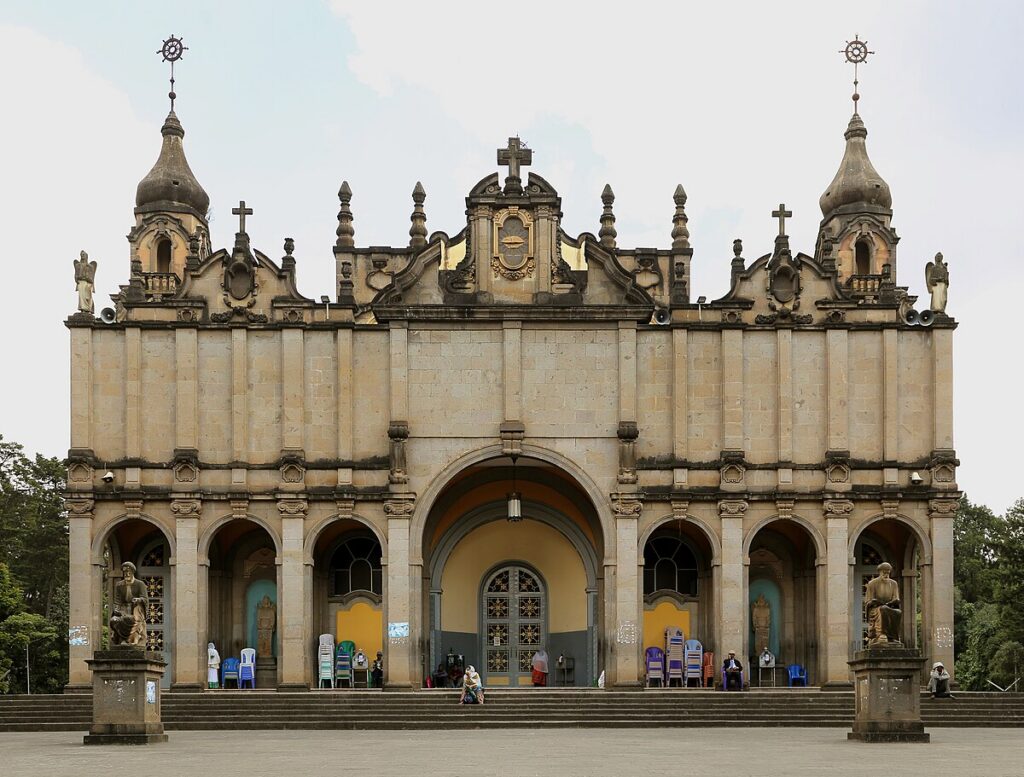
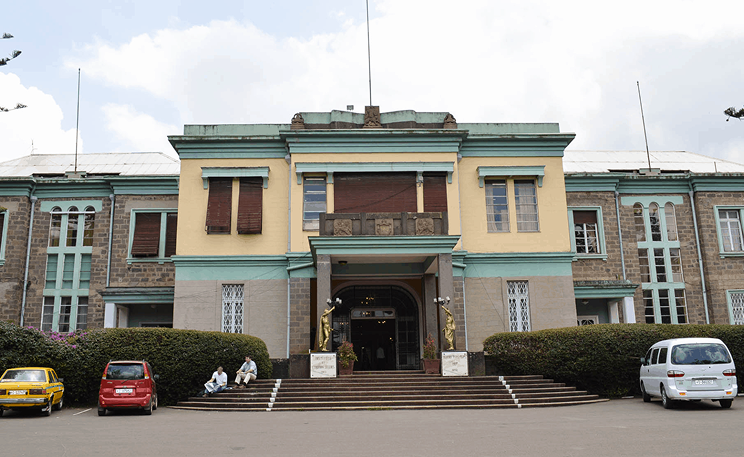
St. George’s Cathedral is tied to the Battle of Adwa 1896 Menelik II carried the sacred Tabot St. Georg into battle . The church museum contains historic weapons, robes and religious art. The Grand Palace Museum at Unity Park inside the palace grounds showcases restore imperial halls, royal collections, traditional houses, and zoo, It tells the story of Ethiopia’s emperors and modern leadership.
Other must –visit sites include Entoto Hills, with historic churches and scenic views; Merkato, Africa’s largest open- air market. With its blend of history, politics, culture, and natural beauty, Addis Ababa stands as a proud symbol of Ethiopia and the African continent.
Agelgil is more than a hiking program—it’s a movement to empower Ethiopian women and girls through eco-tourism. Nestled in the highlands above Addis Ababa, Entoto Mountain is not only rich in history and biodiversity, but also the daily path for hardworking women carrying heavy firewood to survive. Agelgil aims to transform this daily struggle into an opportunity—by turning Entoto’s trails into a sustainable tourism experience that uplifts the very women who walk them.
Objective
To empower Entoto women and girls—young, adult, and elderly—through sustainable eco-tourism by offering guided hikes, cultural experiences, and community-based tourism that directly benefits local families.
Entoto Mountain, over 3,000 meters high, offers clean air, no noise, no pollution, and no crowds — making it ideal for meditation and healing from stress or depression. It’s also the top training spot for Ethiopian Olympic legends like Haile Gebreselassie, Tirunesh Dibaba, Kenenisa Bekele, Meseret Defar, and Derartu Tulu. Many still train here today. Entoto is truly where champions and calm meet.
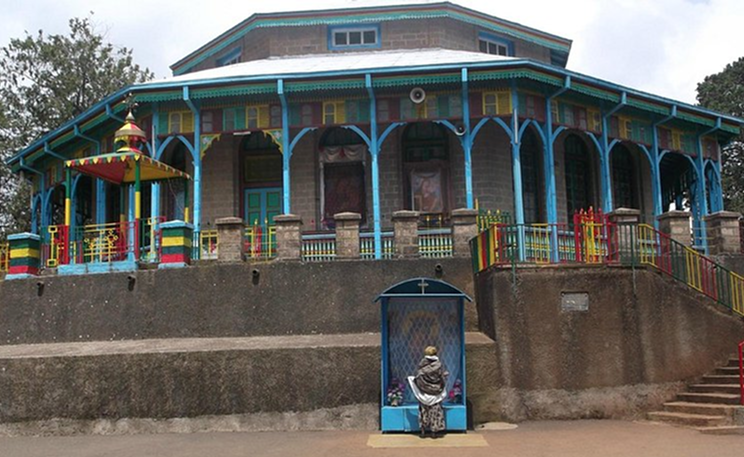
Escape the city's bustle and head to the Entoto Hills — the green crown above Addis Ababa that offers breathtaking views, clean mountain air, and a deep dive into Ethiopian history. Rising over 3,000 meters above sea level, Entoto was once the capital of Ethiopia under Emperor Menelik II. At its peak stands the beautiful Entoto Maryam Church, built in the late 19th century, where the emperor and his wife were crowned. Visitors can also explore Menelik’s original palace and the small museum nearby. This area is not only historic but also spiritually significant, with numerous monasteries scattered among towering eucalyptus trees. It's a must-visit for history lovers and nature seekers alike.
Housed within the former palace of Emperor Haile Selassie inside Addis Ababa University, the Ethnological Museum is a treasure trove for those curious about Ethiopia’s diverse cultures. Its unique layout takes you through the stages of life — birth, childhood, adulthood, and death — using artifacts, clothing, tools, and art from across Ethiopia’s many ethnic groups. You’ll find detailed exhibits on marriage customs, spiritual beliefs, storytelling traditions, and traditional medicine. This museum doesn’t just show you Ethiopia’s history; it helps you feel it. The lush university grounds, peaceful setting, and authentic curation make it one of the most engaging cultural stops in the city.

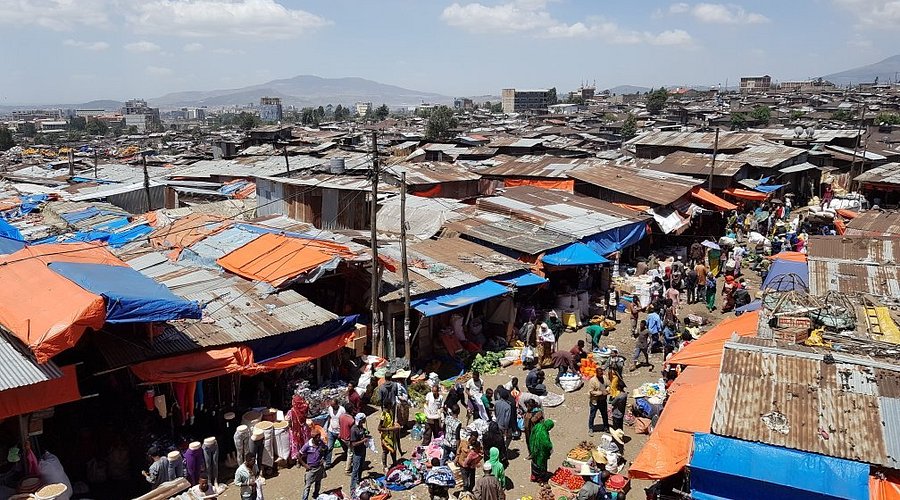
Dive headfirst into the energy of Addis Ababa at Mercato — Africa’s largest open-air market. Sprawling across several city blocks, this vibrant marketplace is a sensory explosion of color, noise, and life. Here, you can find everything from handwoven baskets and aromatic spices to electronics, traditional clothing, coffee beans, and street food. It’s not just a place to shop — it’s where the heartbeat of Addis can be felt. While Mercato can be chaotic and overwhelming, visiting with a knowledgeable guide makes it a safe and unforgettable adventure. It’s a glimpse into the everyday hustle, creativity, and resilience of the Ethiopian people.
This museum offers a moving tribute to the victims of the Red Terror — a brutal political campaign under the Derg regime in the late 1970s. It’s not an easy visit, but it is an essential one for those who want to understand Ethiopia’s modern history. Through photographs, personal belongings, testimonies, and chilling exhibits, the museum tells the story of resistance, loss, and remembrance. Guided tours, often led by survivors, bring a deeply personal perspective to the exhibits. Located near Meskel Square, this modest yet powerful museum honors those who suffered and ensures their stories are never forgotten.
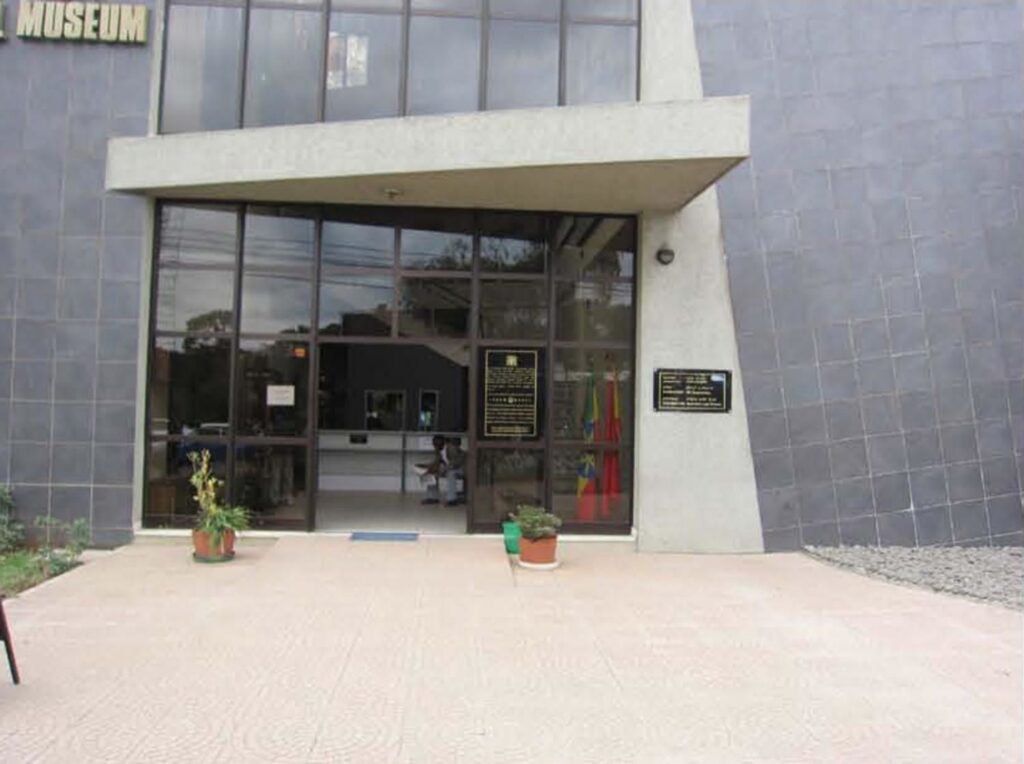
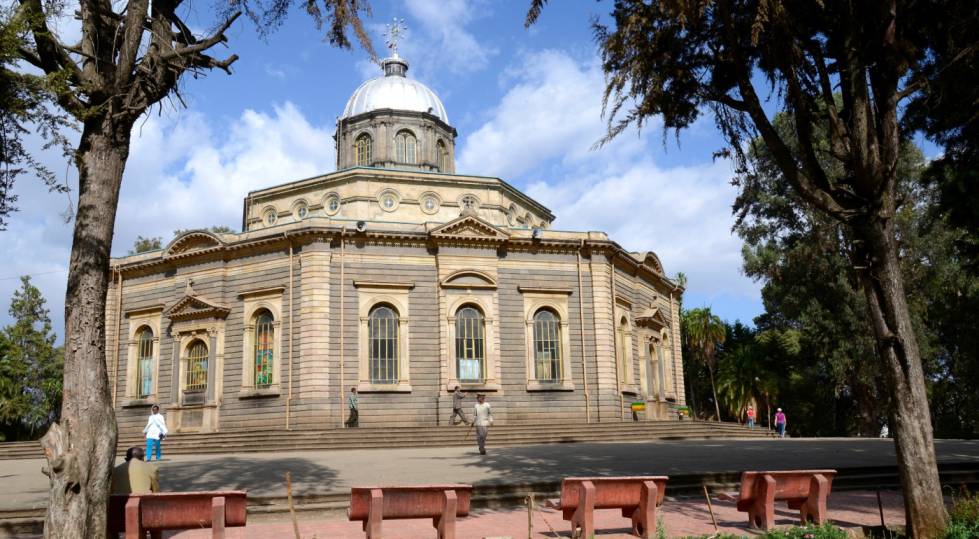
Built in the early 20th century to commemorate the Ethiopian victory over Italy at the Battle of Adwa, St. George Cathedral stands as both a spiritual and national monument. Its distinctive octagonal structure and grey stone façade set it apart, but it’s the inside that truly inspires. The cathedral is adorned with beautiful artwork, religious icons, and traditional murals that tell Ethiopia’s Orthodox Christian story. It also houses a small museum filled with church artifacts, ceremonial clothing, and ancient manuscripts. Whether you come for prayer, history, or photography, St. George Cathedral offers a glimpse into the faith and pride of the Ethiopian people.